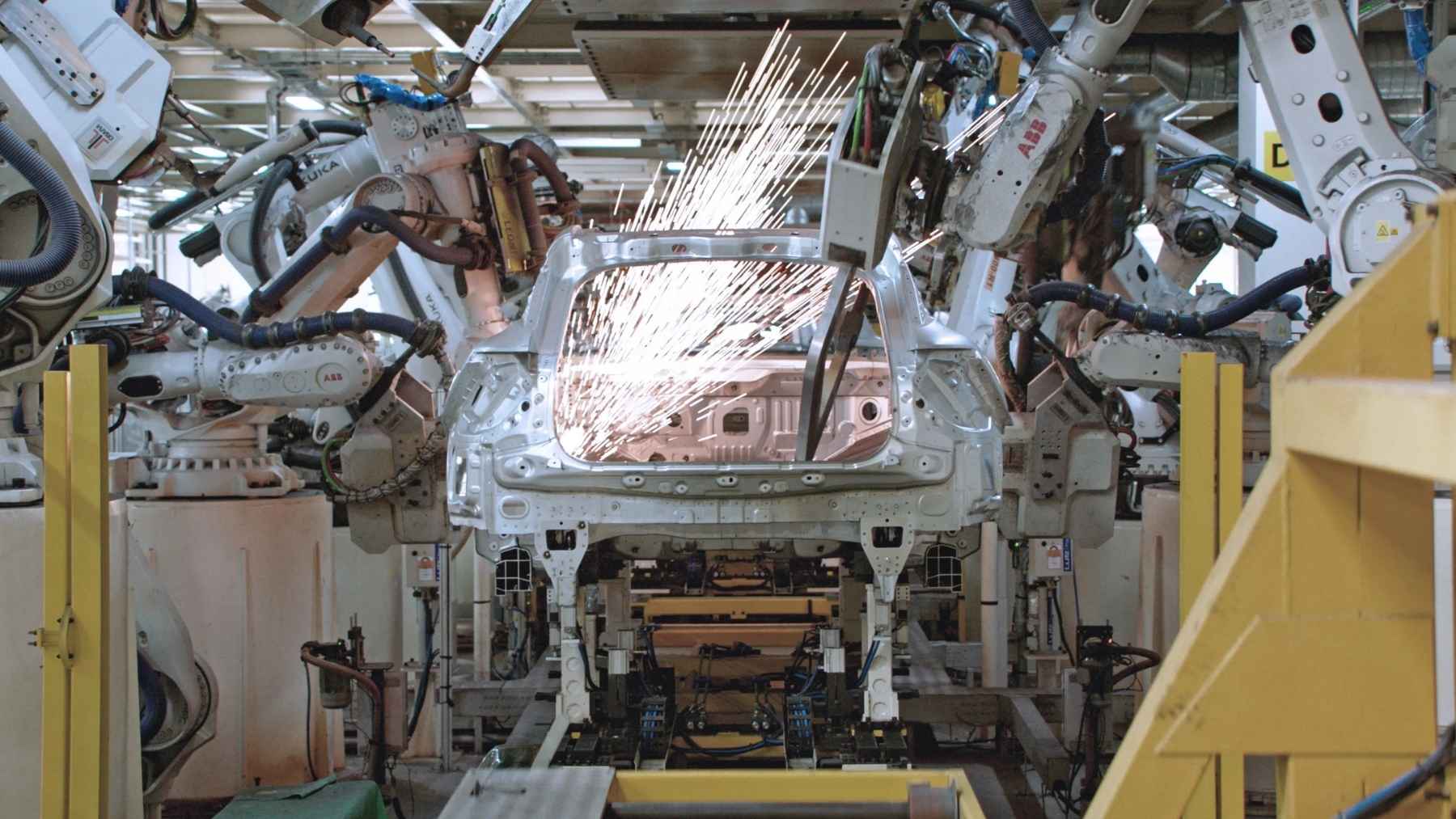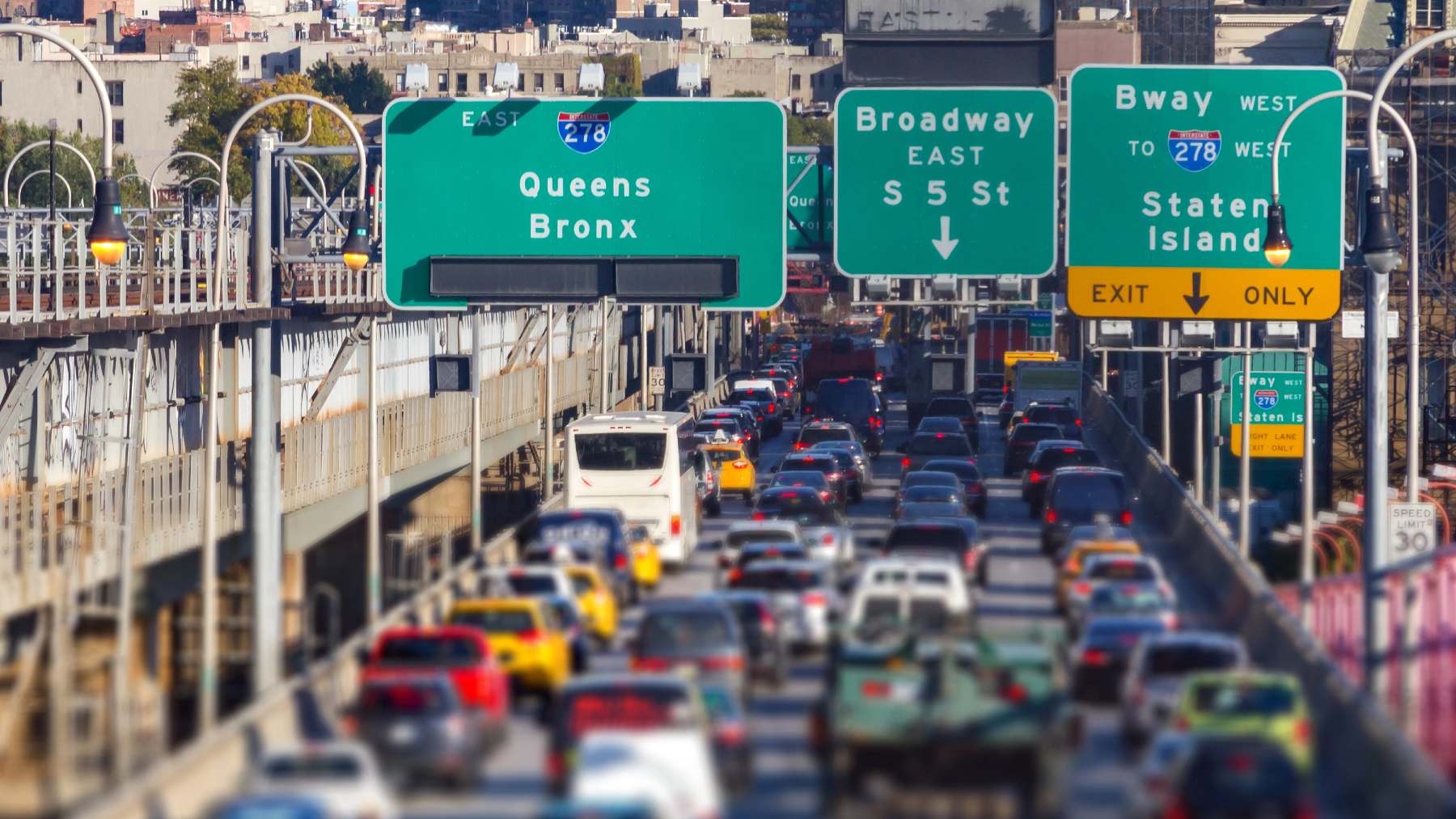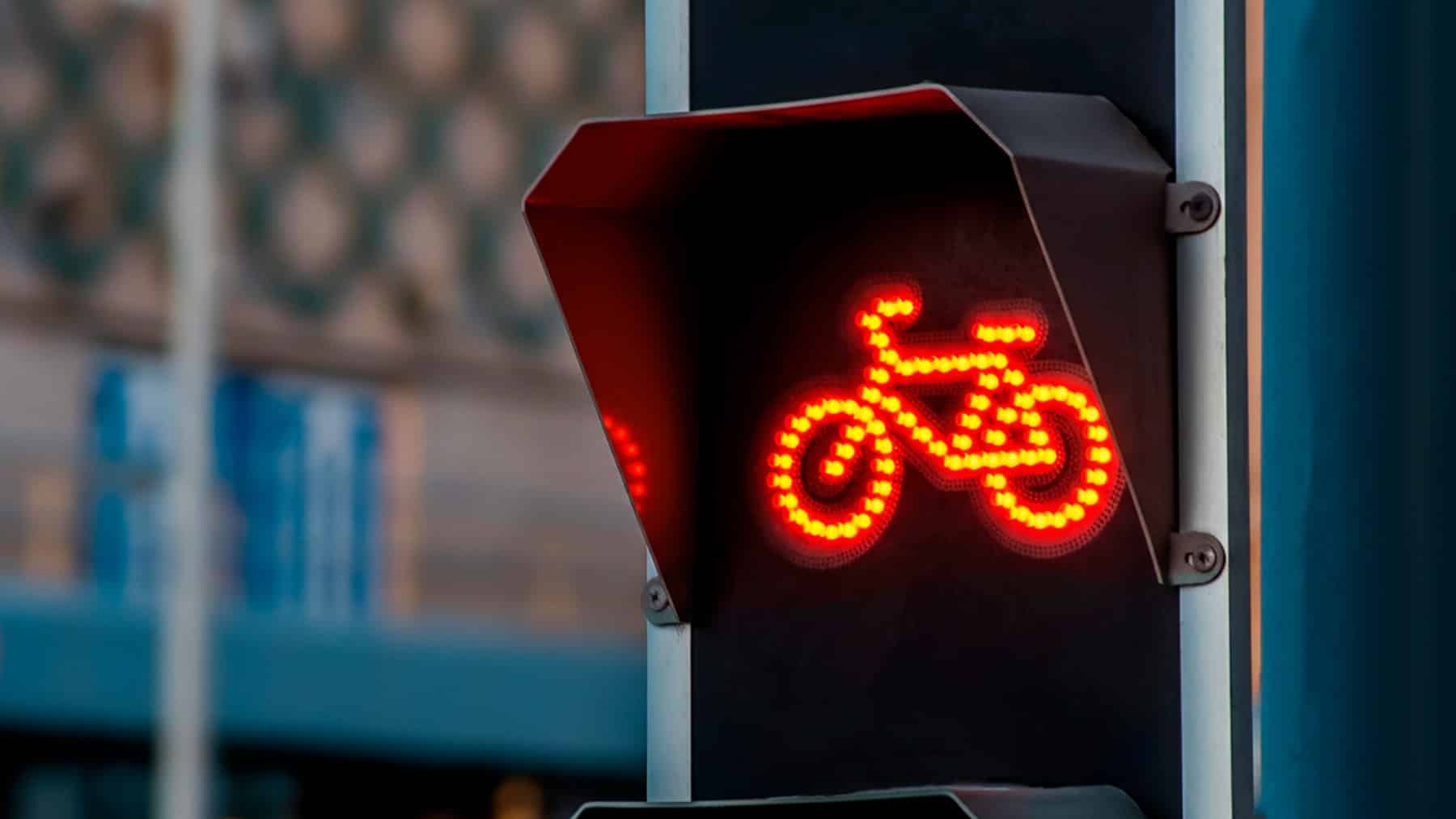Speeding is one of the most significant ways road accidents occur. To combat this, a variety of interventions have been put in place across states, from new speed limits, speeding cameras, to stricter laws and regulations regarding speeding limits and higher fines and repercussions if a driver is caught violating these laws and regulations. New Mexico has recently proposed new changes to the current speeding laws to make the roads safer and to reduce incidences of road accident fatalities due to speeding.
Speeding endangers lives on the road
According to the National Highway Traffic Safety Administration (NHTSA), nearly 12,000 people were killed on the road due to speeding vehicles. For over two decades, speeding has accounted for approximately one-third of all motor vehicle fatalities on the road. According to the NHTSA, speeding has the potential for the following consequences beyond just breaking the laws of the road:
- Greater potential for loss of vehicle control;
- Reduced effectiveness of occupant protection equipment;
- Increased stopping distance after the driver perceives a danger;
- Increased degree of crash severity leading to more severe injuries;
- Economic implications of a speed-related crash; and
- Increased fuel consumption/cost.
As part of the NHTSA’s efforts to combat speeding to protect the safety of all road users, the agency works with the Federal Motor Carrier Safety Administration and the Federal Highway Administration to guide states and governments on how to design and implement safe-driving interventions. They also provide training to law enforcement officers on the use of speed-measuring devices to identify and take legal action against drivers who are breaking the law by speeding.
New speeding laws in New Mexico
New Mexico has recently proposed a new bill to reduce speeding. According to Senate Bill 226 in the New Mexico Legislature, if passed, the bill would require that all trucks on the road be allowed to travel at a maximum speed of 65 miles per hour. If caught violating this law, the driver would receive a fine amounting to $250.
This law is not only targeted at lowering speeding, but also to address the congestion trucks cause on major roadways due to slower driving. The law maintains that all trucks must stay in the right-hand lane; however, by setting a mandatory speed for trucks to drive at, it attempts to reduce traffic congestion by reducing the inconsistent speeding amongst trucks.
“The issue is with the big corporate trucks that are governed at like 62, 65. Independent truckers run 75. (Big corporate trucks) are the guys who clog it up. It is a mess. I don’t know how to solve it … That’s why I wrote a no – for the independent truckers,” said Senator . Joshua Sanchez in March 2025.
The bill has passed in the Senate and is now awaiting a vote in the House.
Criticism from OOIDA against the bill
The Owner-Operator Independent Drivers Association (OOIDA) has cited complaints against the proposed bill, claiming that splitting speed limits between trucks and passenger vehicles is, in reality, more dangerous for road users:
“Many states who had split speed limits have gone back to standardized speeds for all vehicles,” said Doug Morris, OOIDA director of state government affairs. “What happens is that while trucks are going slower, there are more interactions with passing cars, causing a higher likelihood of an accident.”
OOIDA has also noted that most accidents on the road are actually due to passenger vehicles and not the fault of trucks. As such, efforts to reduce road fatalities should be more concentrated on reducing road violations from these drivers. Other states that have been addressing reckless driving by passenger vehicle drivers include the implementation of speeding and red-light cameras, as well as harsher consequences if caught breaking traffic laws, such as increased fines.














